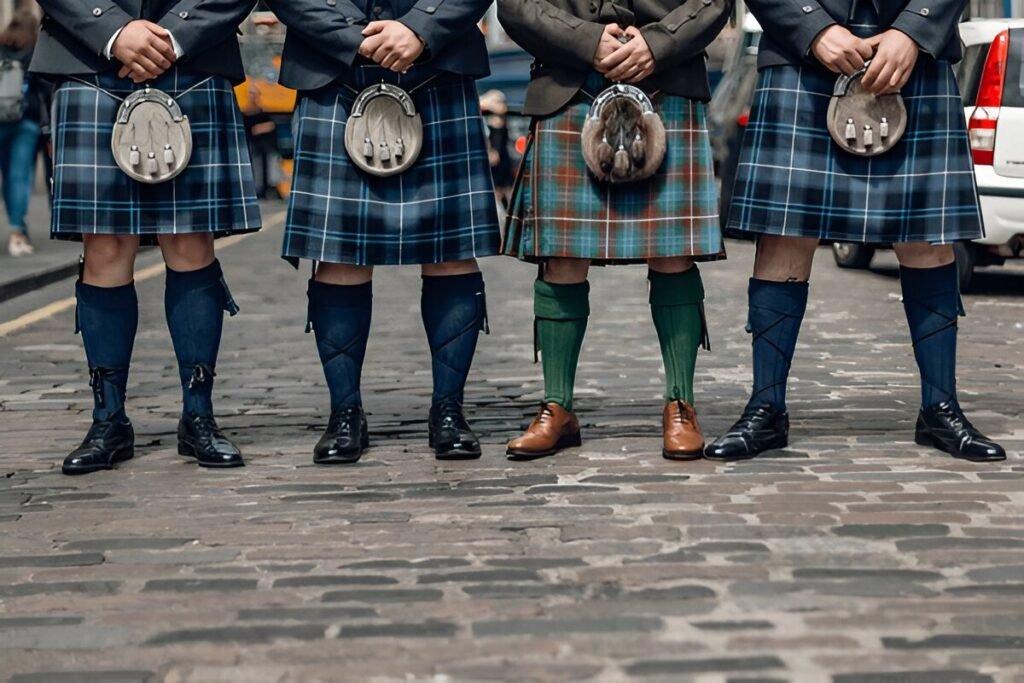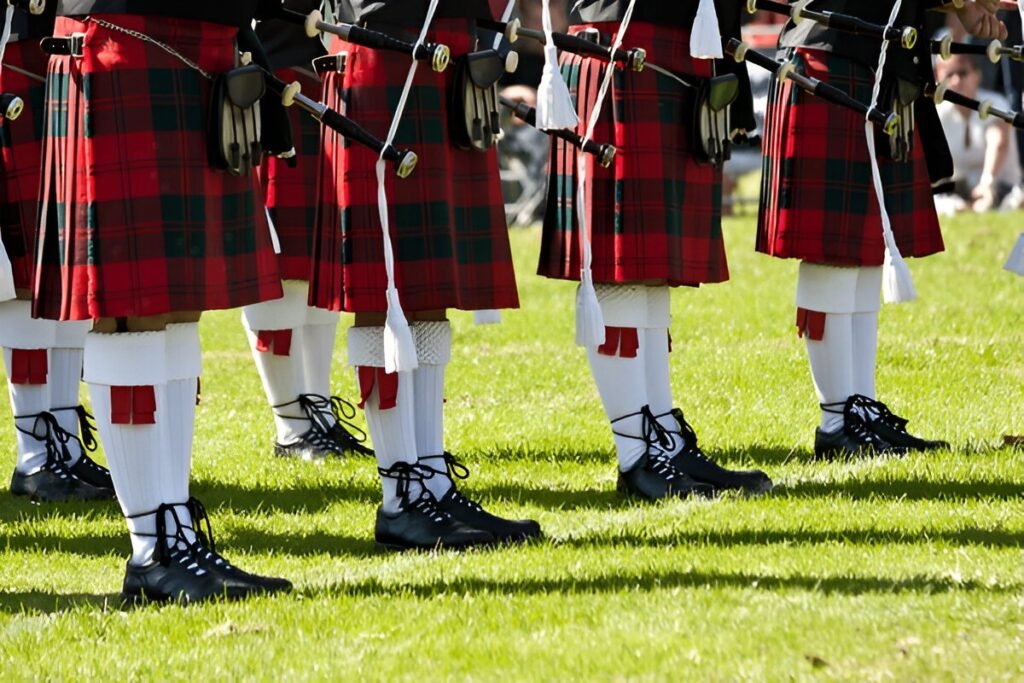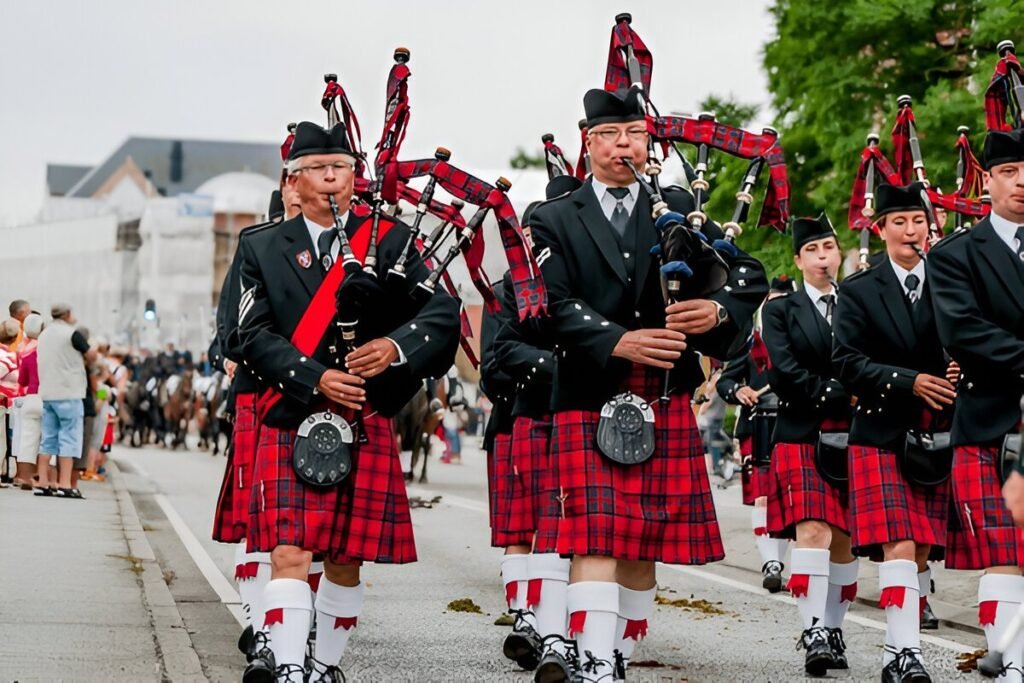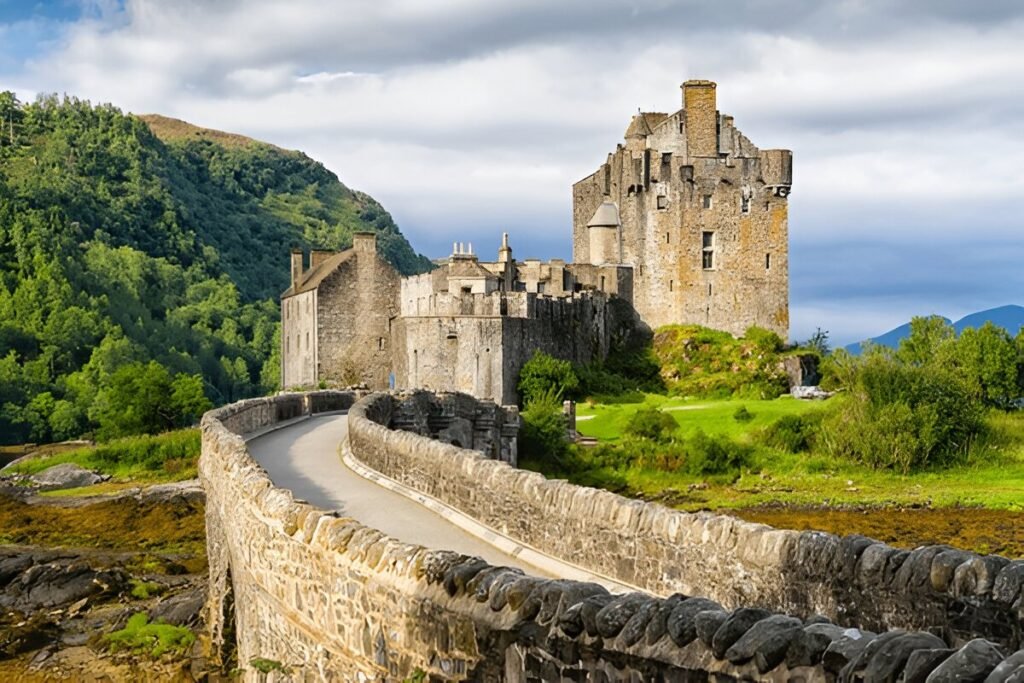Introduction
Scotland is a land steeped in rich history, and one of its most iconic cultural legacies is its clan system. The term “clan” invokes images of fierce warriors, ancient castles, and a deep sense of loyalty and tradition. For centuries, Scotland’s clans have played a pivotal role in shaping the country’s history, from battles to political power struggles, and their influence continues to be felt in Scottish society today.
In this blog, we will delve into the history of clan culture in Scotland, exploring its origins, evolution, and lasting impact. We will also take a closer look at the significance of clans in modern Scotland and how this ancient system still resonates with people around the world who trace their ancestry back to these proud families.
The Origins of Clan Culture in Scotland
The Early Beginnings
The roots of Scotland’s clan culture can be traced back to the early medieval period, around the 12th and 13th centuries. During this time, Scotland was divided into various regions, each ruled by powerful local lords and chieftains. The word “clan” itself comes from the Gaelic term “clann”, meaning “children” or “family,” which reflects the clan’s structure as an extended family group united by blood ties.
The emergence of clans was closely linked to the broader social and political context of Scotland. The country was a patchwork of feudal lands, and local leaders, often hereditary chiefs, gathered groups of followers who pledged loyalty in exchange for protection and land. These bonds of loyalty were the cornerstone of the clan system, and each clan was often governed by a chief who had significant power over the clan’s lands, people, and resources.
The Role of the Gaelic Language and Highland Culture
The Gaelic language, spoken by the people of the Highlands and Islands, was integral to the formation of the clan system. It created a shared cultural identity, with the clans often defining themselves by their geography, family ties, and Gaelic heritage. The close-knit nature of clan society also influenced the development of traditional music, customs, and storytelling that would shape much of Scotland’s cultural heritage.
Over time, Scotland’s clans became powerful social and military forces, especially in the remote and rugged Highlands, where central authority was limited. The clans formed a kind of “parallel government,” with their own laws and customs, and they often engaged in territorial disputes, power struggles, and, in many cases, fierce clan feuds.
The Clan System in Full Swing

The Golden Age of the Clans
The period from the 15th to the 17th century is considered the golden age of the Scottish clans. During this time, clansmen were known for their loyalty to their chiefs and the fierce defense of their territory. This was also the time when many of Scotland’s most famous clans rose to prominence, including the MacDonalds, MacLeods, Campbells, Stewarts, Frasers, and Robertsons.
Clans during this era had a distinct structure, with chiefs at the top, followed by their extended families, clansmen, and tenants. Fealty (loyalty) was a crucial component of the system, and the relationship between a clan chief and his people was often built on mutual obligations: the clan offered military support, while the chief provided land, protection, and justice.
One of the most important aspects of clan culture was the role of the pipers and bards, who were responsible for recording and preserving the clan’s history, achievements, and tales of valor. These stories were passed down through the generations, creating a rich tapestry of myth and legend that still resonates in Scottish culture today.
Clan Tartan and Symbolism
The clans were also famously associated with their tartan patterns, which became a symbol of clan identity. Tartan is a patterned fabric, often woven in wool, and each clan developed its own distinctive design. Wearing the clan’s tartan, whether in the form of kilts, scarves, or blankets, was a way for people to display their allegiance to their clan, and tartan continues to be one of the most iconic symbols of Scotland’s clan culture.
The tartan patterns were often specific to individual families, and the clans would use these patterns to distinguish themselves during battles or celebrations. Over time, tartan became a symbol of Scottish pride and heritage, with many people worldwide today wearing their clan tartan as a sign of ancestral connection to Scotland.
The Decline of the Clans

The Jacobite Rebellions and the End of Clan Power
The decline of the traditional clan system in Scotland came with the defeat of the Jacobite forces during the Battle of Culloden in 1746. The Jacobites, a group of Scots who supported the Stuart monarchy, had attempted to restore James VII of Scotland to the throne in a series of uprisings. The final rebellion culminated in the Battle of Culloden, where the Jacobite army was decisively defeated by British forces.
Following the defeat, the British government sought to suppress the power of the clans, which were seen as a threat to political stability. The Act of Proscription of 1746 banned the wearing of tartan, the carrying of arms, and the use of the clan system. The government also imposed measures to break the power of the Highland chiefs, forcing them to sell their land and adopting more modern forms of governance.
This marked the end of the feudal and tribal system that had defined Scotland for centuries, and with it, the power of the clans began to wane. However, the cultural and emotional attachment to the clans remained, especially in the Highlands.
Clans in Modern Scotland

Revival and Heritage
While the political power of the clans diminished after the Jacobite rebellion, the legacy of clan culture remains an important part of Scottish life. Today, the Scottish clans are celebrated as symbols of pride, heritage, and history, particularly in the Highlands. Many people around the world who have Scottish ancestry continue to identify with their clan, tracing their lineage through genealogical research.
There has been a resurgence of interest in Scotland’s clans in recent decades, especially in the form of clan gatherings and heritage events. These gatherings often bring together people from around the world who share the same clan surname or ancestry, fostering a sense of community and belonging. Clan societies exist globally, from the United States to Australia, helping people reconnect with their Scottish roots.
Clans and the Modern Scottish Identity
Although the traditional clan system no longer plays a role in political governance, it continues to shape modern Scottish identity. Clan culture is celebrated through festivals, parades, and public events, with the Royal Edinburgh Military Tattoo, Highland Games, and other cultural activities often highlighting Scotland’s clan history. Tartan, bagpipes, and other symbols of clan identity remain key components of Scotland’s national pride and cultural expression.

Conclusion
The history of clan culture in Scotland is a testament to the enduring power of community, loyalty, and tradition. From the early medieval period to the modern-day revival of clan heritage, the Scottish clans have left an indelible mark on the country’s identity and culture. While the political influence of the clans may have faded, their legacy continues to live on in the stories, symbols, and celebrations that define Scotland. Whether you’re wearing a tartan kilt, attending a clan gathering, or simply tracing your ancestry, the spirit of the clans remains an essential part of Scotland’s cultural fabric.












